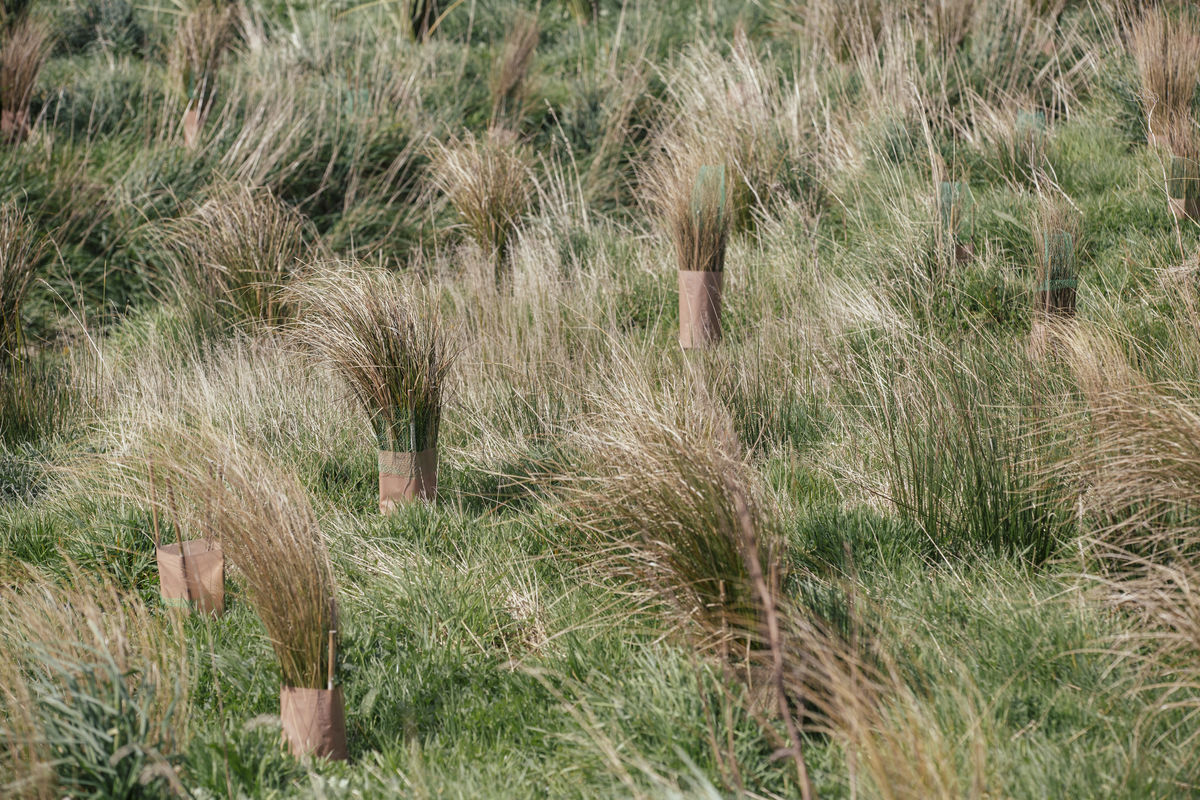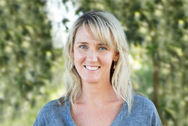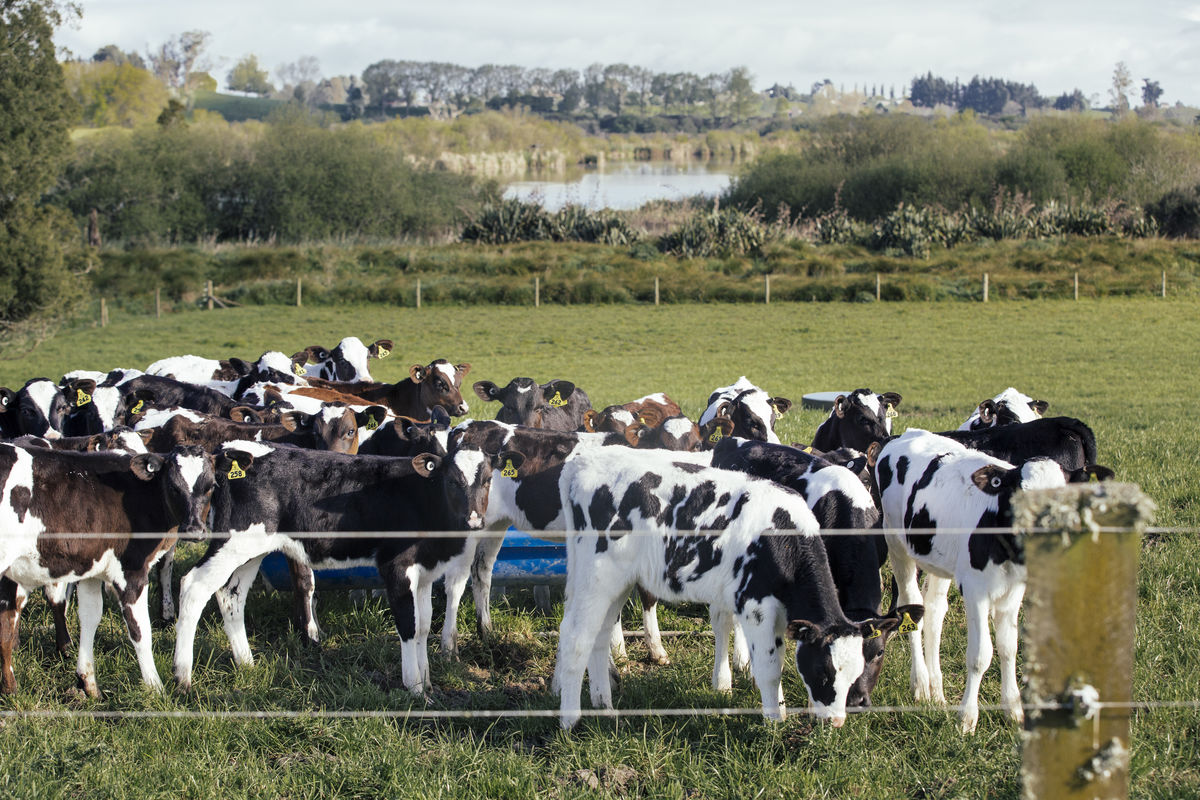
Farming with native biodiversity expands access to ecological expertise
Media Release February 2022
An innovative project aims to increase access to ecological information for pastoral farmers wanting to protect and enhance native biodiversity on their farms. ‘Farming with Native Biodiversity’ is a 20-month project, running from October 2021 until June 2023, led by the NZ Landcare Trust, a national trust that works with 100s of catchment groups to empower communities to improve the sustainability of land and water quality.
The project is supported by the Living Water Partnership (of Fonterra and the Department of Conservation) and evolved from biodiversity assessment research undertaken on Fonterra farms as part of Living Water trials. The biodiversity assessments identified the biggest barriers for farmers taking action were limited access to advice and ecological expertise along with the cost of preparing farm environmental plans, says Trish Kirkland-Smith, Head of Environmental Partnerships – Fonterra and a member of the Living Water Steering Committee.
“There is widespread interest from farming communities and farm advisors to protect and restore native biodiversity on farms, though expert advice is hard to come by and costly”, says Kirkland-Smith. “Development of farm environment plans can cost $5-10,000+ with additional costs for biodiversity monitoring. Across 25,000 pastoral farms in New Zealand, this is $125+ million for the planning. This project trials a more cost-effective way of providing expert advice to the sector, and will work with 60 sheep and beef, and dairy farms to develop biodiversity plans and implement biodiversity management, and share the results with 600 more farms."

Trish Kirkland-Smith

The pilot project will work with farmers, catchment groups, councils and others to prepare resources to bring biodiversity into farming practises and prove the suitability for applying this approach nationally. A key aspect of the project is addressing the shortage of ecological expertise available, says Kirkland-Smith.
“Developing capability for the sector is a critical first step”, says Kirkland-Smith. “We’ll be upskilling two ecologists to apply ecology skills to working in a farming environment, to identify what biodiversity is present, record it and inform on-farm biodiversity plans. Farmers and their advisers need access to expert advice to make informed decisions about managing native biodiversity and this will address that issue.”
The Farming with Native Biodiversity project aims to develop online and printable resources that inform and guide farmers and advisors on what native biodiversity is, why it is important and how to protect and enhance native biodiversity on their farm. A step-by-step process will be developed with farmers for creating science and goal-based biodiversity plans for individual farms, and groups of farms that identify native biodiversity, and strategies for managing and monitoring it alongside broader farmer goals. The project will create case studies, including photographs and advice from farmers, on at least 20 farms covering different eco-zones and farming types. Sharing knowledge in a way that connects with farmers to provide guidance, advice, and ideas for action is absolutely essential for success says Kirkland-Smith.
“This new approach will take a 1-1 farm visit model and augment it with online tools and virtual advice to use in remote areas”, says Kirkland-Smith. “It will develop tools that reflect how our farming community connects with information, for example, through podcasts, peer to peer learning, video and other online media. We’ll also design and deliver training to farm advisors, including 70 Silver Fern Farms reps who work directly with 13,500 supplier farms, and Fonterra’s 40 Sustainable Dairy Advisors, who directly support over 9,500 dairy farmers, on how to help guide farmers with their decisions about on-farm native biodiversity.”
The expected outcome of the project is that farmers adopt biodiversity objectives into farm plans so farms are more environmentally sustainable. Protecting and restoring native biodiversity on farms will provide clean water, shelter, shade, carbon sequestration, drought resilience and other benefits of a healthy ecosystem. Living Water is trialing tools that will help improve freshwater
For more information go to the project page
